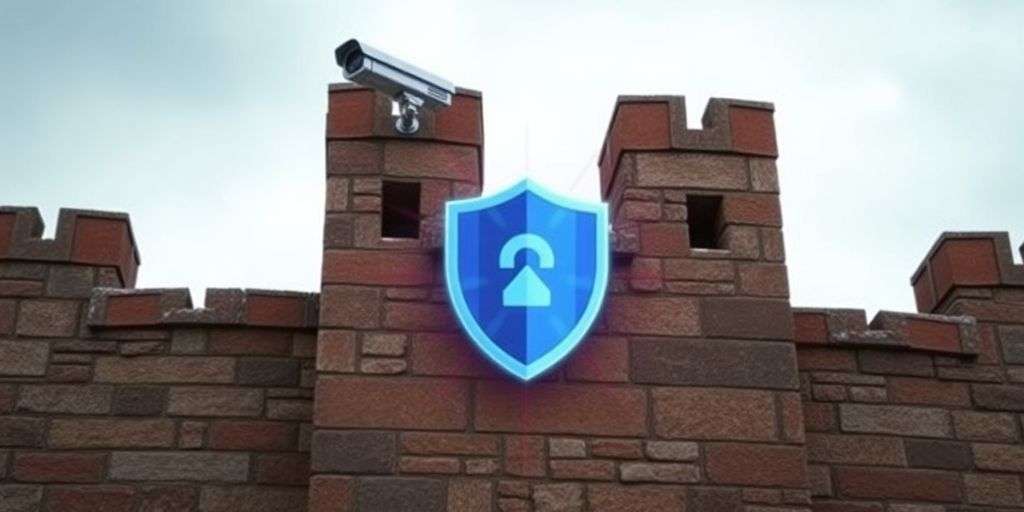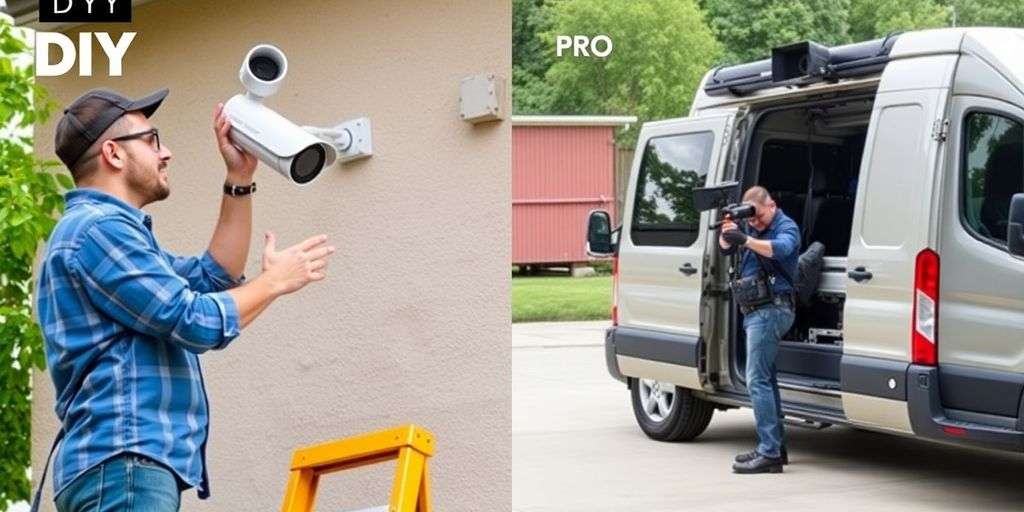Electric fences are commonly used for livestock containment and property protection. However, they can pose significant risks if not properly managed. This article explores the dangers associated with electric fences, the liability issues that can arise from injuries, and the precautions necessary to minimise these risks.
Key Takeaways
- Understanding the potential for serious injury from electric fences is crucial, especially due to the high voltage involved.
- Legal responsibilities and liability issues must be considered by homeowners and installers to prevent legal repercussions.
- Implementing appropriate safety measures and regular maintenance can significantly reduce the risk of injury from electric fences.
Understanding the Risks of Electric Fencing
Potential for Serious Injury
Electric fences generate intermittent electronic pulses that can reach up to 10,000 volts. While these systems are designed not to be lethal, the shock delivered can be significant. If you become entangled in the fence, the repeated shocks can lead to severe injuries or even death. It’s crucial to understand these risks and take appropriate precautions to avoid accidents.
Impact on Vulnerable Groups
Certain groups, such as children, the elderly, and those with certain health conditions like heart problems, are particularly at risk. These individuals may not react swiftly enough to free themselves from an electric fence, increasing the risk of prolonged exposure to electric shocks. Vulnerable groups should be kept well away from electric fences, and clear warning signs should be posted.
Safety Features and Their Effectiveness
Electric fences come equipped with various safety features designed to minimise the risk of injury. These include:
- Insulated wires
- Regular pulse intervals
- Voltage regulators
However, the effectiveness of these safety features largely depends on proper installation and maintenance. Regular inspection and maintenance are crucial to ensure that all components function correctly and safely. Failure to adhere to these practises can compromise the fence’s safety, making it a potential hazard.
Liability and Legal Considerations for Electric Fence Injuries
Who is Liable?
In the event of an injury caused by an electric fence, determining liability can be complex. Depending on the circumstances, various parties might be held accountable. Typically, the property owner may be liable if the injury resulted from improper installation or maintenance of the fence. However, manufacturers could also be responsible if the injury was due to a defect in the fence itself.
Homeowner Requirements
As a homeowner, you are required to ensure that your electric fencing meets specific safety standards. This includes proper installation, regular maintenance, and ensuring that the fence is not easily accessible to unauthorised persons. Failure to meet these requirements can not only pose a risk to others but can also increase your liability in the event of an accident.
Navigating Personal Injury Claims
If you’ve been injured by an electric fence, navigating the personal injury claim process can be daunting. It’s crucial to gather all relevant evidence and possibly consult with a legal expert. Claims typically involve proving that the fence owner was negligent in maintaining the fence or failed to warn of the dangers. A successful claim can cover medical expenses, lost wages, and other damages related to the injury.
Selecting the Appropriate Electric Fence System
Risks to Pacemaker Wearers and Animals
When selecting an electric fence, it’s crucial to consider the health risks to individuals with pacemakers and the animals themselves. Ensure that the voltage and pulse rate of the fence are safe for both human and animal health. Consult with medical and veterinary professionals to determine the safest parameters.
Choosing the Right Voltage
Selecting the correct voltage is essential for the effectiveness and safety of your electric fence. A higher voltage may be necessary for larger or more aggressive animals, but always within safe limits to prevent serious injuries. Use a voltage tester regularly to ensure the fence operates at the intended voltage.
Installation and Maintenance Best Practises
Proper installation and regular maintenance are key to ensuring the safety and effectiveness of your electric fence. Follow these steps:
- Ensure that all components are correctly installed and securely fastened.
- Regularly check and maintain the grounding system to ensure optimal performance.
- Inspect the fence line periodically for wear and tear and address any issues promptly.
Note: Regular maintenance not only prolongs the life of your electric fence but also minimises the risk of accidents and injuries.
Minimising Risk of Injury with Electric Fences
Importance of Warning Signs
To effectively minimise the risk of injury, it’s crucial to install clear warning signs around your electric fence. These signs serve as a vital alert to both people and animals, ensuring they are aware of the electric hazard, particularly near public access points like roads or footpaths.
Selecting Safe Voltage Levels
Choosing the right voltage for your electric fence is essential for safety. Opt for a low impedance voltage system, which is powerful enough to deter but not harmful to humans or animals. Always consult the manufacturer’s guidelines to determine the safest voltage level for your specific needs.
Regular Inspection and Maintenance
Regular maintenance and inspection are key to ensuring your electric fence remains safe and functional. Schedule inspections to check for any damaged or loose wires and to ensure all components are in good working order. This proactive approach helps prevent accidents and extends the lifespan of your fence.
Conclusion
In conclusion, while electric fences serve as effective barriers for livestock and property protection, they also pose significant risks if not properly installed and maintained. The potential for serious injuries, particularly to children, individuals with pacemakers, and animals, underscores the need for stringent safety measures. Homeowners and property managers must adhere to legal requirements and best practises, including the installation of warning signs and regular maintenance checks. By prioritising safety and awareness, the risks associated with electric fences can be substantially mitigated, ensuring the well-being of all who may come into contact with these systems.
Frequently Asked Questions
What are the main risks associated with electric fencing?
Electric fencing can deliver shocks of up to 10,000 volts, which can cause serious injuries, especially if someone becomes entangled. It poses a higher risk to children, individuals with pacemakers, and animals, potentially leading to fatal outcomes.
What safety features can reduce the risks of electric fencing?
Installing proper safety features such as warning signs and insulators, and ensuring the fence is low impedance voltage can significantly reduce the risk of injury. Regular inspection and maintenance are also crucial to ensure safety.
Who is liable for injuries caused by electric fences?
Liability for electric fence injuries can vary. Homeowners or property owners who install the fence may be held liable if the fence was improperly installed or maintained. Navigating personal injury claims requires understanding specific legal requirements and potential homeowner liabilities.





